Curriculum Blog
International day of Literacy - September 8th
September 8th marks UNESCO’s International Literacy day, raising awareness globally on the issues surrounding adult and child literacy. First held in 1966 and now part of the UN’s sustainable development goals program adopted in 2015, International Literacy day highlights the changes and improvements being made worldwide in literacy development.
Since 1967, International Literacy Day celebrations have taken place annually around the world to remind the public of the importance of literacy as a matter of dignity and human rights, and to advance the literacy agenda towards a more literate and sustainable society. The International Conference on ‘Literacy and Skills Development’ will explore ways to make effective connections between literacy and technical and vocational skills in policies, practice, systems and governance.
LGfL have a range of resources to support not just International Literacy day but with Literacy throughout the curriculum.
j2e Tool suite offers a range of resources including JIT, j2e5, j2 office. J2 write also provides teachers with a range of lesson plans to get started as well as examples of use and templates. Spell blast is a fantastic interactive way of learning spellings, pupils can either go live, choose from a level and teachers can also set their own spelling lists for classes/year groups.
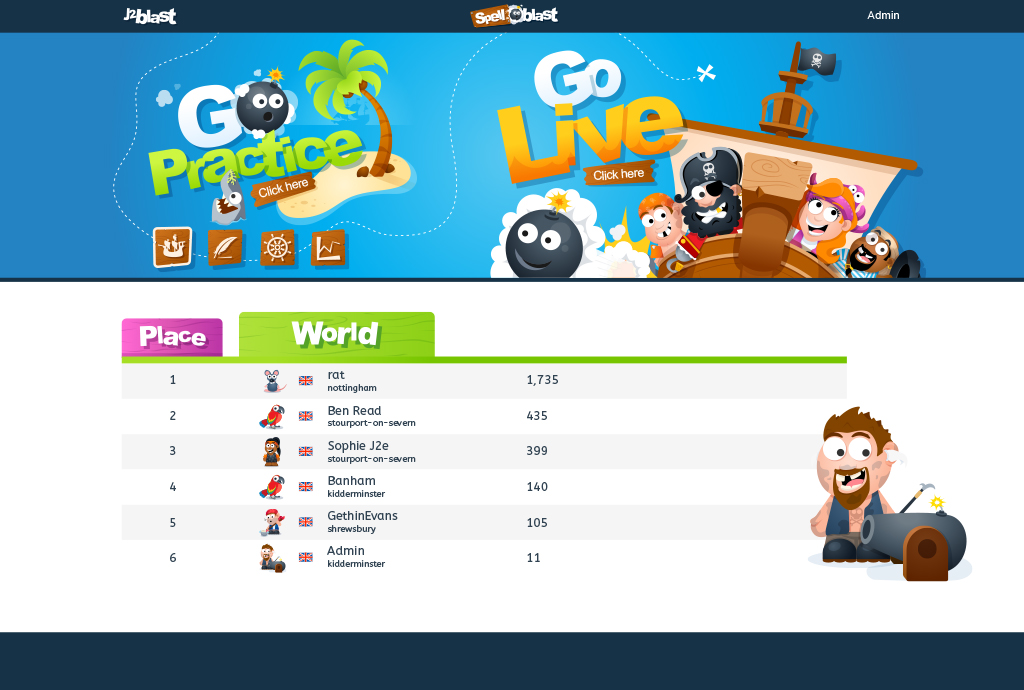
Busy Things have a vast range of resources that support Literacy across the Primary phase including Phonics maker, word reading, comprehension, transcription, handwriting and presentation, composition, vocabulary and grammar games, and desktop publishing templates that are cross curricular.
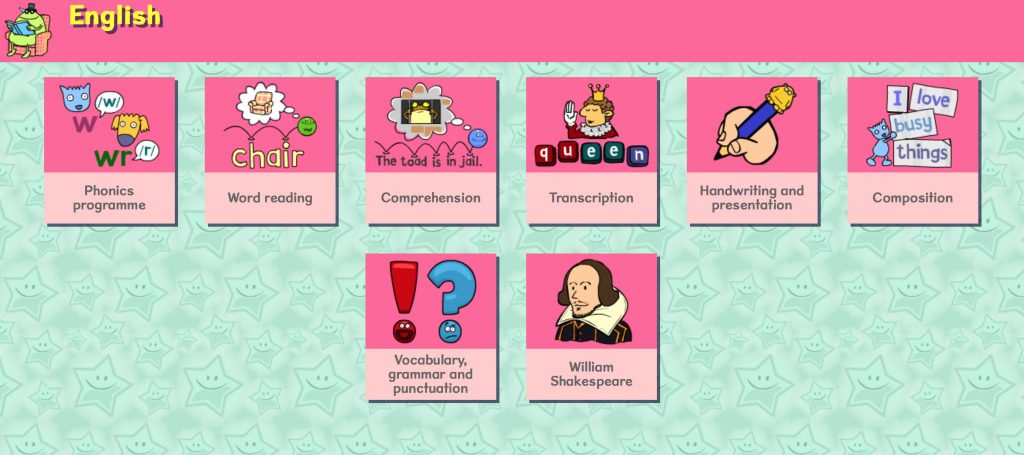
Listening books offers over 100 curriculum based audio books, titles can be streamed direct for group listening in class or for individuals to listen with headphones. These are excellent to listen to in class or to support SEND learners with literacy.
To listen to a book follow the steps below:
- Log onto the Listening Books website with your LGfL USO account.
- Search the catalogue for a book to which you would like to listen.
- Press the ‘play’ symbol and the book will begin!
You can also access 15 free e books from Rising Stars for ages 7-14. These eBooks can be used on any device, from PCs and netbooks to iPads and Kindles. Each book also comes with teacher's notes and activities meaning that they are ideal for use with 1:1 as well as during guided reading sessions.
The Whole Story resource aims to explore how storytelling can maximise the creativity within learning activities for children. By capturing the expert advice of a professional storyteller, and arranging this advice into a simple interface, it is hoped that teachers of all age groups can get inspiration on how to incorporate storytelling across the curriculum. Structured thoughts and examples on how to take hidden and or less obvious stimulus within an image or object offer new opportunities for teachers to explore with their learners.

Fairy tales - Each of the six fairy tales is broken down into one bite-sized sentence per scene, using the first 100 high-frequency words.
This allows learners to easily follow, understand and remember the stories, and helps ensure access to the curriculum for all. Pupils can watch at their own pace, and opt to turn on or off the accompanying text and symbols.Animated characters bring each scene to life, with differentiated activities to help include all learners. Within each story, pupils can choose their own motivator, which rewards them as they successfully complete activities, and there are four ability levels for even further differentiation.
In the same format as Fairy Tales, Early Shakespeare takes two favourite Shakespeare plays (Romeo & Juliet and AMidsummer Night's Dream) and SEN assist have transformed them into literacy exercises that are likely to prove popular with pupils across the ability spectrum. the two plays are broken down into one bite-sized sentence per scene, using the first 100 high-frequency words. This allows learners to easily follow, understand and remember the stories, and helps ensure access to the curriculum for all.
For creating, Super Action Comic Maker is great for Art and for Literacy, allowing pupils to bring their own superhero to life and not only add and customise backgrounds and superheroes, but also speech and effect bubbles to create a narrative. Picture book maker is an online tool that allows children to create their own picture books based on the children's illustrator Sarah Dyer.
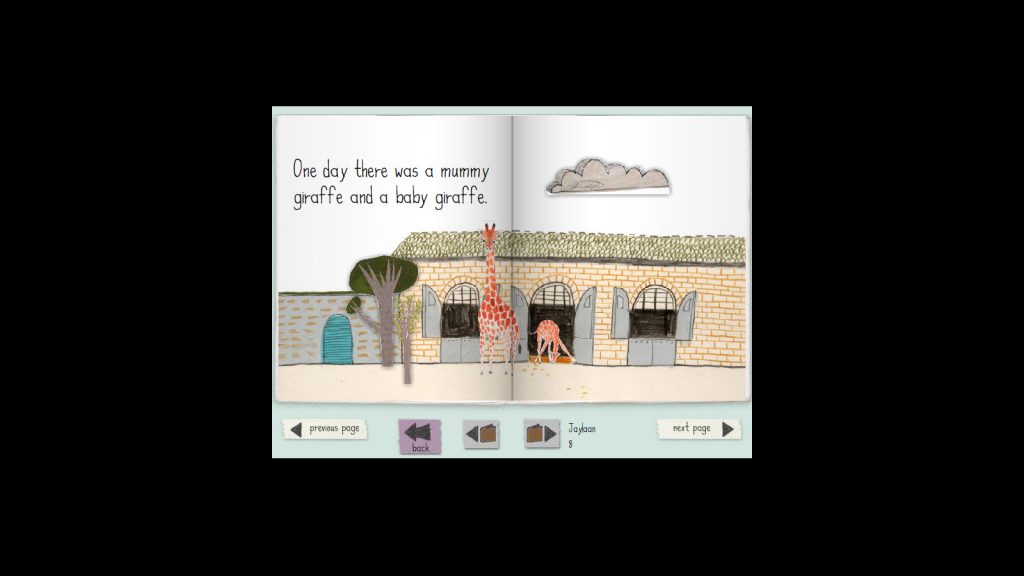
Don't forget we also have a 5 Ways to support Literacy , the aim of 5 ways is to showcase five ways to use LGfL resources across the curriculum that you can take and use and share for example, they can be shared in the staff room, at INSET sessions and also given to parents so that they can support their children’s learning at home.
There are also a range of tools that you can use for Literacy, one of our favourites is Book Creator, book creator one for the ipad is free as is the online version if you make 40 books. This is a great tool to use to create cross curricular books within class, there is an excellent blog post entitled 50 ways to use book creator in your classroom that has a range of ideas. Describing words does what the title suggests, students can enter nouns into the search bar and then are presented with a range of adjectives - great for inspiring descriptive writing and poetry.
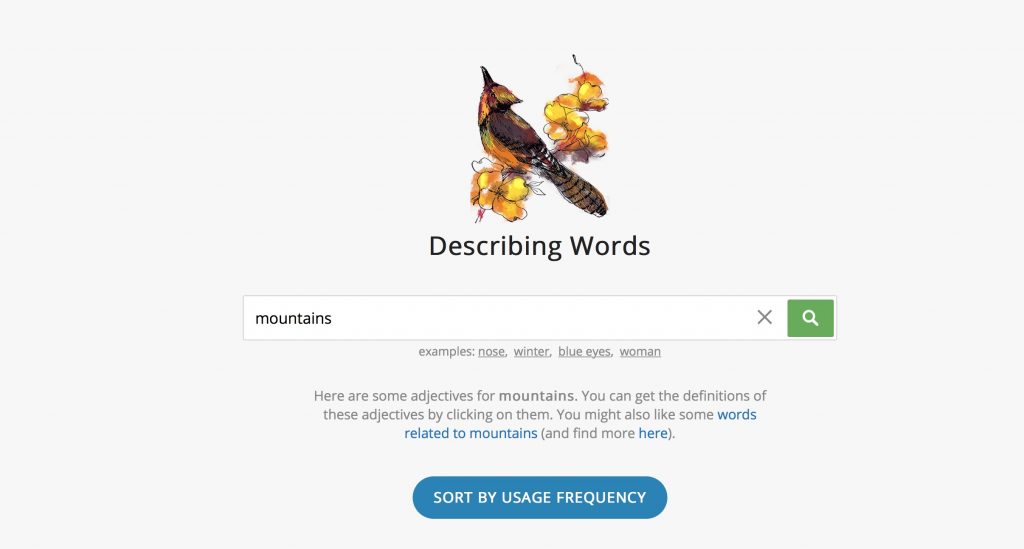
Literacy Apps from the National Literacy Trust, is a guide that aims to help parents and teachers get the most out of apps that support language and literacy development. Some of the apps recommended in this guide need to be paid for and some offer further in app purchases.
Storybird lets anyone make visual stories in seconds. They curate artwork from illustrators and animators around the world and inspire writers of any age to turn those images into fresh stories, it is also free for any educational setting. You can search art work, as well completing challenges and reading guides to inspire writing of different genres. The blog also features a weekly prompt which could be used as an early work exercise or for homework.
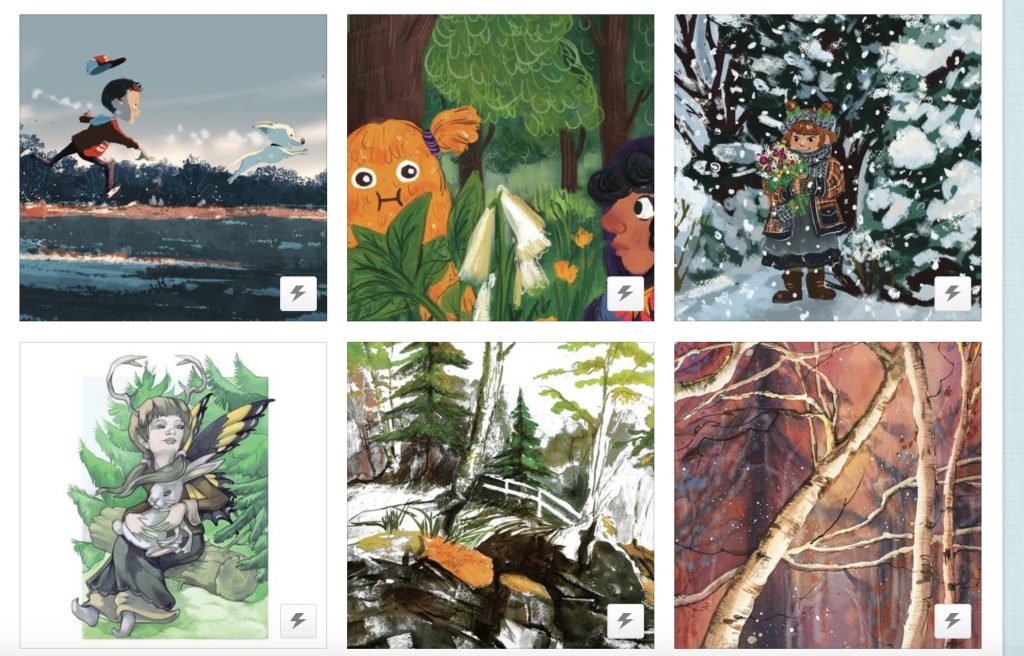
What are you doing for International Day of Literacy, do let us know by sharing your ideas and work via our Facebook and Twitter or in the comments below.
